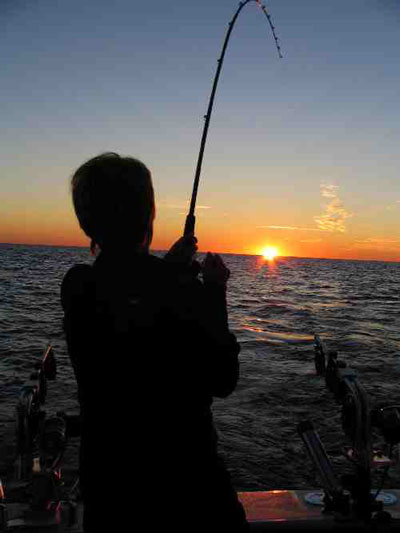This is true, Lou. (Say that one really fast. Sounds like the name of a tribe in Africa.

)
However, what is the chance that a swoop or a hitch is "consistent"? What, that it consistently occurs, or that it occurs in exactly the same spot every time? (The former is useless, and actually
is a variable. The latter is not. But how many of us know precisely where in our stroke that "known hitch" is occuring prior to -- or worse, right at -- cue ball contact?)
Also, concerning speed control (answering a reply to another poster's question) -- when in the stroke-straightening phase of one's development (whether that be the usual coaching in snooker, or SPF in pool, or even on one's own if one possesses extreme awareness and studiousness about stroke mechanics), part of the diagnosis of one's stroke includes where those swoops, hitches, and yaw occur at various speeds. By practicing stroke diagnosis at varying speeds, one sometimes finds that a hitch occurs only at slow speeds, and high speeds actually tend to "grease over" these hitches. Or, the reverse may be true -- at slow speeds, the shooter is able to deliver the cue straight, but when putting a little oomph behind it, he/she finds that parts of his/her hand (e.g. the heel of the hand) may "bump" into the cue, adding a hitch or yaw.
Stroke therapy (for lack of a better phrase?) includes significant work through all speeds, muscle-memorizing it. Some of my favorite practice shots in this regard is a very long diagonal straight-in shot (i.e. the cue ball in one of the corner pockets, the object ball on the center spot on the table, and shooting a dead straight-in to the opposite corner). I like to lag these so the object ball j-u-s-t reaches the pocket, and "falls over" into the pocket. This is not easy, but it definitely helps one's sense of "touch"!
-Sean
